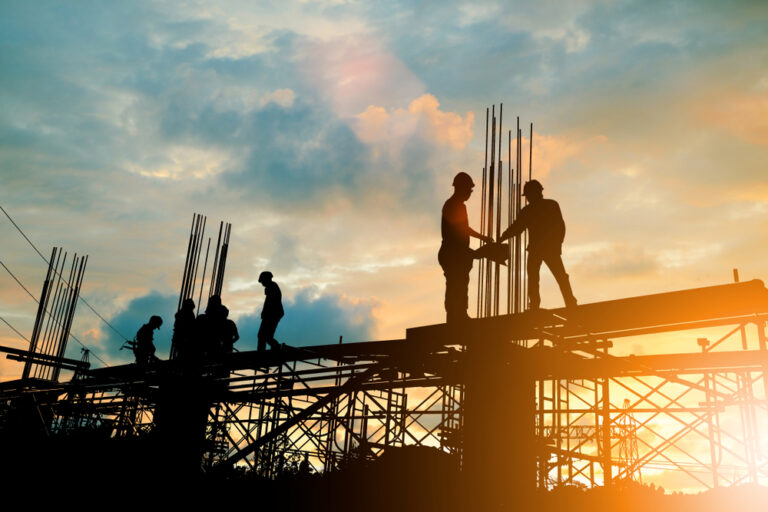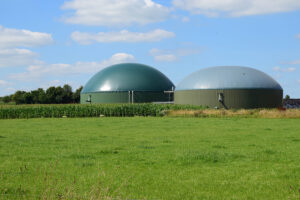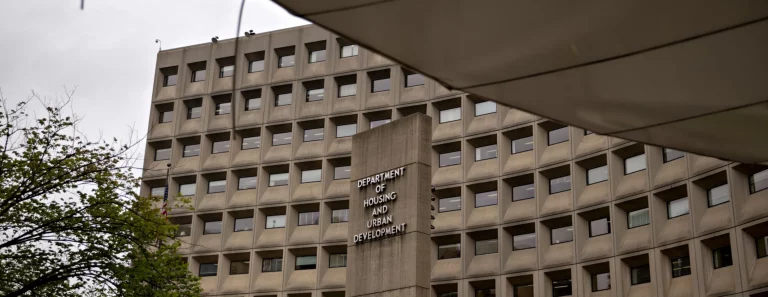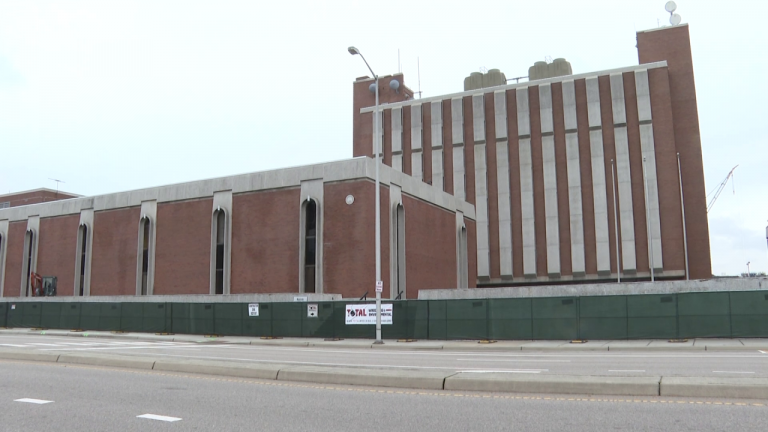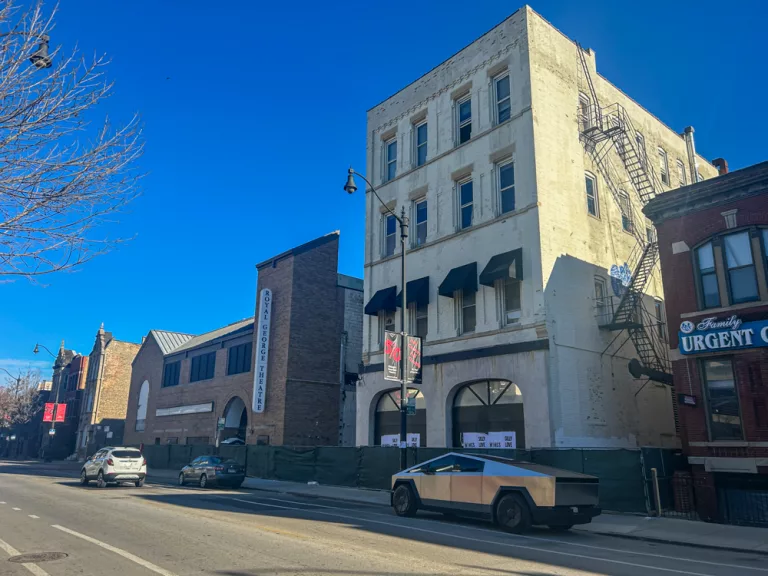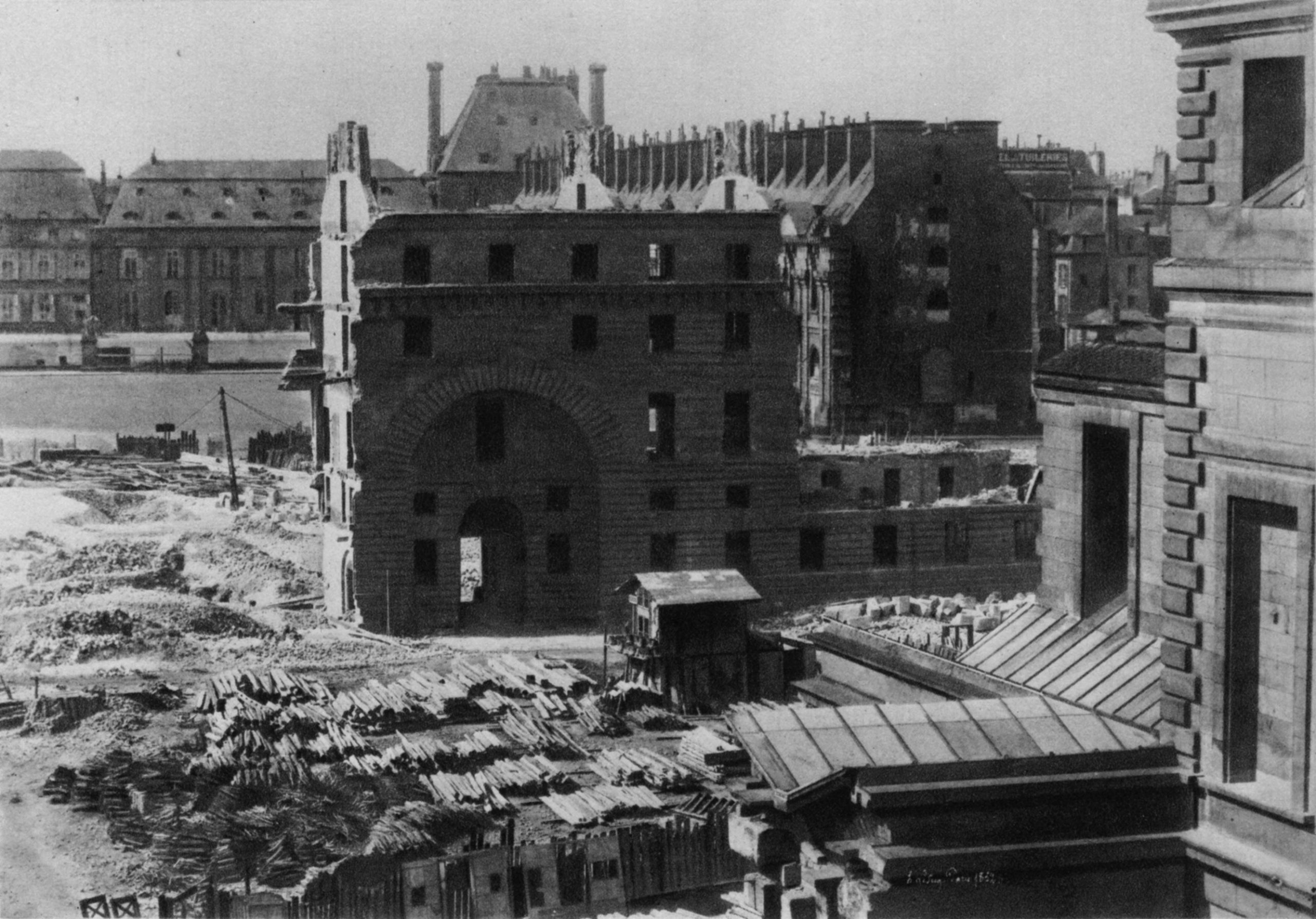
It takes a lot of effort, skill and energy to demolish a property, but we take it for granted because buildings are demolished so frequently around the world every day. One minute a building is there, the next minute it’s not, and a new structure is built in its place in no time.
It’s a normal part of our society’s continual evolution, but the act of demolishing a building has not always been so frivolous and mundane. Much has changed over the years in how and why demolitions take place. Once you learn the history behind demolition and discover how far we’ve come, we’re sure you’ll have even more appreciation for the skill and art behind this practice.
A Destructive and Sinister Past
Unfortunately, due to the destructive nature of demolition, this practice didn’t start for practical and wholesome purposes. House demolition actually originated as a military tactic and was primarily used in a number of conflicts to deliberately target and inflict destruction upon houses during a military advance. Civilian dwellings often became the target of destruction during war too, as forces tended to use them for shelter and as firing positions.
The earliest recorded act of house demolition took place back in 1069-1070 when William the Conqueror (the first Norman King of England) and the Norman Troops demolished property in the rebellious north of England to deprive an enemy of civilian support. The destruction and demolition of homes and buildings have unfortunately been a common sight in many wars since.
A number of cultures and countries also used demolition as a form of punishment for a variety of legal offences. While this is primarily for the removal of illegally constructed homes and buildings, during the medieval age in Flanders and Northern France, the destruction of homes also occurred as punishment for a variety of other offences such as harbouring an outlaw.
House Demolition As a Service
Despite the ominous past surrounding demolitions, the house demolition service has quickly become an essential part of today’s modern society. The need for and frequency of demolitions really ramped up in the 1960s and 1970s due to the high number of massive housing projects occurring at the time, and the service has only expanded and flourished since then. However, as with everything, house demolition as a service had to be perfected over time until it became the well refined and safe practice it is today.
Types of House Demolitions
There are two primary forms of house demolitions around today – building implosions, where explosions are used in a controlled demolition to take down a building almost instantly and deconstruction, where buildings are pulled apart and destroyed by machines. A crane with a wrecking ball is another common method known in popular culture, but it is rarely used today because the uncontrollable nature of the swinging ball is now deemed to be unsafe.
Building Implosion
The building implosion method has been around for a long time, with the earliest attempt occurring in Ireland back in 1773, but while it is still undertaken in many other countries, this type of demolition is no longer undertaken in Australia. The implosion form of demolition while entertaining to watch, has encountered a few problems and mishaps in the past – even resulting in some fatalities.
Deconstruction
Because of the failings of the implosion method, the deconstruction method of demolition has taken the lead in some countries. Deconstruction is a relatively new approach to demolition. In this method, buildings are chomped down piece by piece with a hydraulic mulcher the effectively ‘eats the building’. Materials from the building are removed and then segregated for reuse or recycling. This method is effective, safe and environmentally sustainable.
The Future of Demolition
“The more inner-city projects there are – and there are more and more of them – the greater the demand for cleverer, cleaner means of demolition.” – John Woodward, president of the Institute of Demolition Engineers – The Independent.
With the continual advancement of technology and machinery, home demolition will only continue to get safer, and demolition techniques will continue to be perfected.


